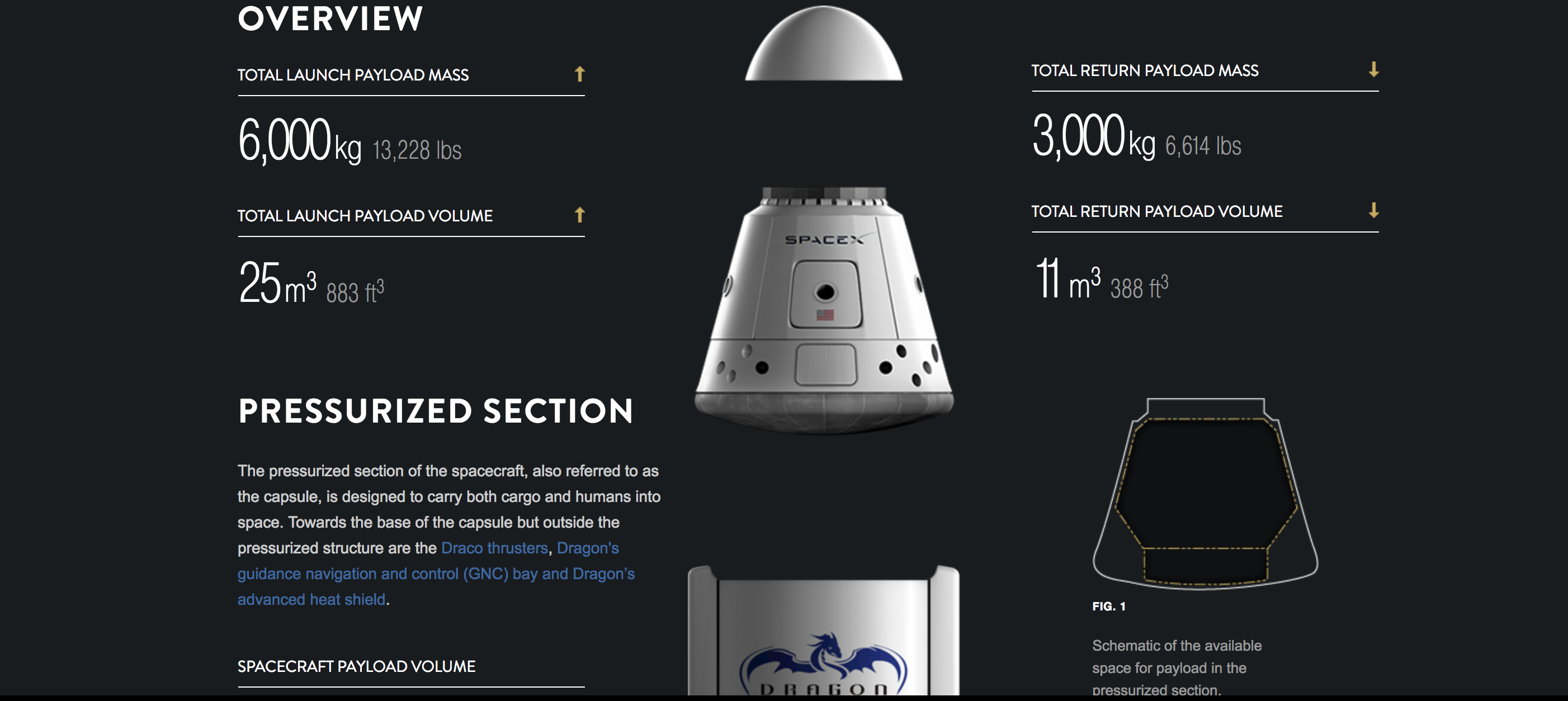Digital media company Kin has announced a slate of new video series from singer/actress Jordin Sparks, Bachelorette JoJo Fletcher and Jordan Rodgers (who successfully proposed to Fletcher over on the series).
The company also revealed more details about its programming with Vanessa Lachey (who had already signed on with her husband Nick). She’ll be hosting a competition series called Beauty School Knockout, where contestants compete to create specific looks using unconventional products.
This is all part of what the company calls its “neighborhood” strategy, where it launches a set of interconnected channels, usually featuring stars who became famous on traditional media. The new announcements bring Kin up to five channels, with the goal of creating three more by the end of the year.
“[Ultimately,] We want to create 20 of these channels … a neighborhood of channels for women in what we call the ‘builder’ phase of their lives,” Kin CEO Michael Wayne told me. “And they all have sort of the same like-minded, inspirational, accessible feeling to them, in women lifestyle verticals.”
The company’s first big success with this model was Tia Mowry’s Quick Fix, a series of lifestyle and how-to videos from the Sister, Sister star.
According to research by Nielsen, Quick Fix reached 8.8 million total viewers in the week of June 25, including 3.7 million women between the ages of 18 to 34 — an audience that’s comparable to cable reality hits like Chopped, Property Brothers and Keeping Up with the Kardashians. So Kin said it’s extending its partnership with Mowry to develop more lifestyle content in addition to Quick Fix.
In Wayne’s view, it makes more sense for Kin to work with a “mainstream star” like Mowry rather than someone who recently became famous on social media, especially since the first wave of social media influencers is being “completely disrupted by the next wave.”
He said that Mowry, on the other hand, has been in the public consciousness for decades: “No one searches for Tia because she did a smokey eye video.”
Wayne added that he remains focused on a cross-platform strategy, where individual platforms might get early access to the videos (Beauty School Knockout will premiere on Facebook Watch), but the videos ultimately get posted to YouTube, Facebook, Instagram TV and Amazon. He also said it’s crucial that the “unit economics” of advertising on each series makes sense, so Kin isn’t relying on the platforms or on custom, branded video deals to subsidize production.
“With Tia, I know exactly how much money I’m spending on Facebook, I know how Amazon will monetize, I can chart this investment and know it’s going to pay off and become profitable within 9 to 12 months,” he said.















 But along the way he noticed the lack of financial instruments for decentralized derivatives despite exploding consumer interest in buying and selling cryptocurrencies. He figured the big hedge funds would eventually come knocking if someone built them a bridge into the blockchain world.
But along the way he noticed the lack of financial instruments for decentralized derivatives despite exploding consumer interest in buying and selling cryptocurrencies. He figured the big hedge funds would eventually come knocking if someone built them a bridge into the blockchain world. The security provided by decentralization is one of dYdX’s selling points versus centralized competitors like Poloniex that offer margin trading opportunities. There, investors have to lock up ETH as collateral for extended periods of time, putting it at risk if the exchange gets hacked, and they don’t benefit from shared liquidity like dYdX will.
The security provided by decentralization is one of dYdX’s selling points versus centralized competitors like Poloniex that offer margin trading opportunities. There, investors have to lock up ETH as collateral for extended periods of time, putting it at risk if the exchange gets hacked, and they don’t benefit from shared liquidity like dYdX will.